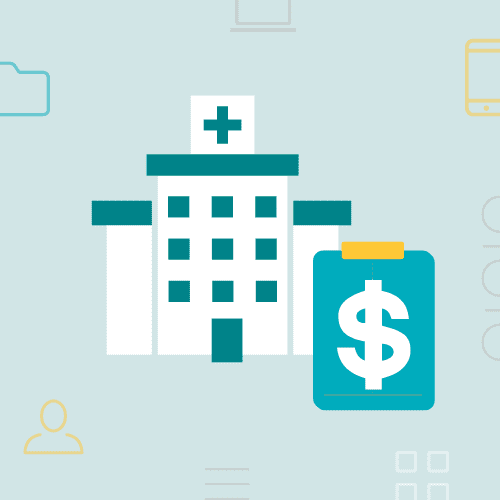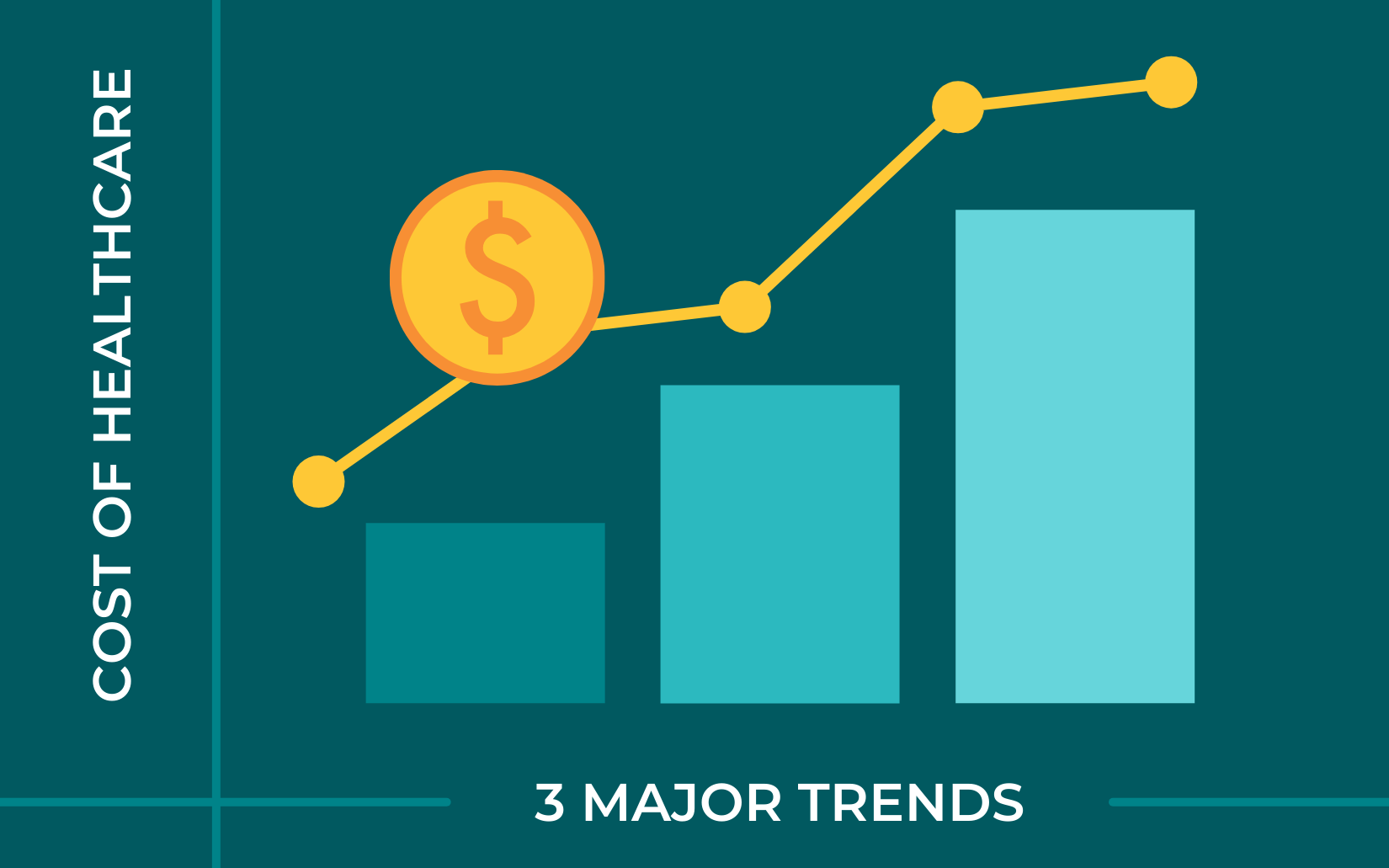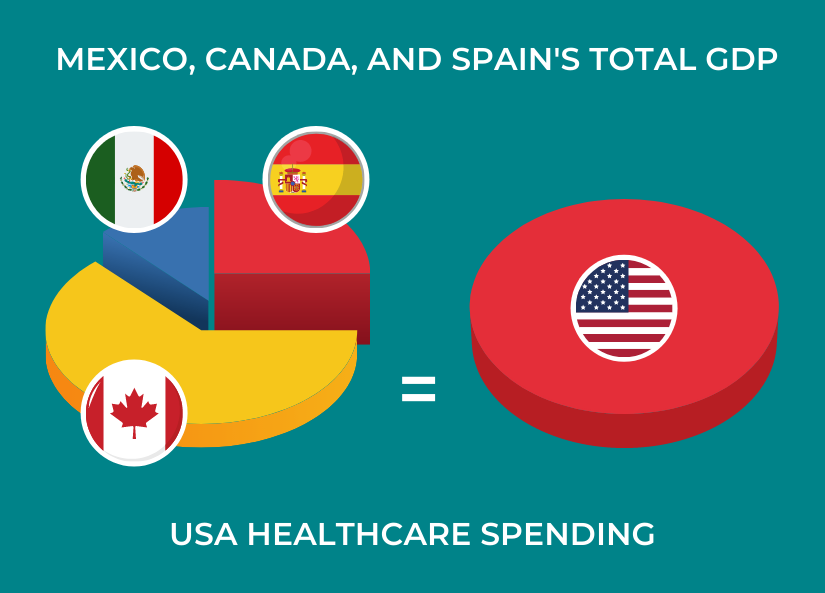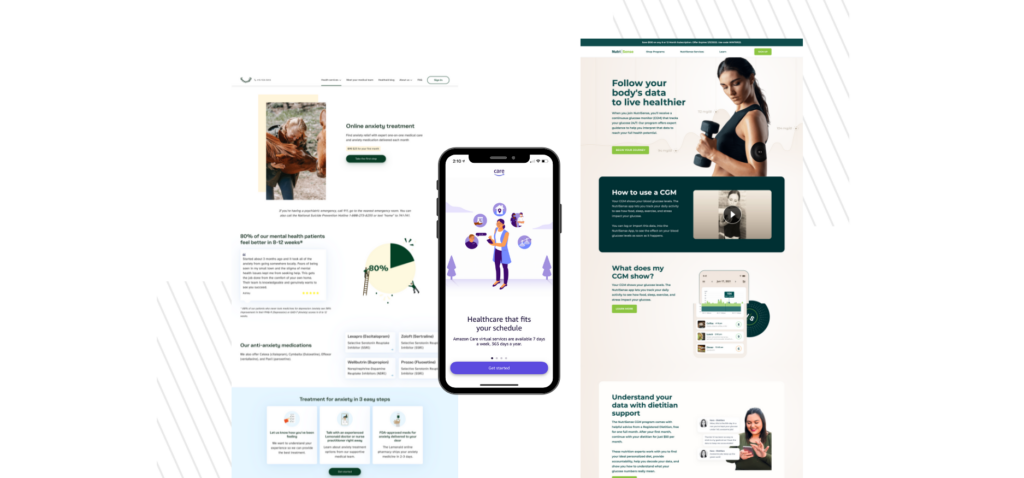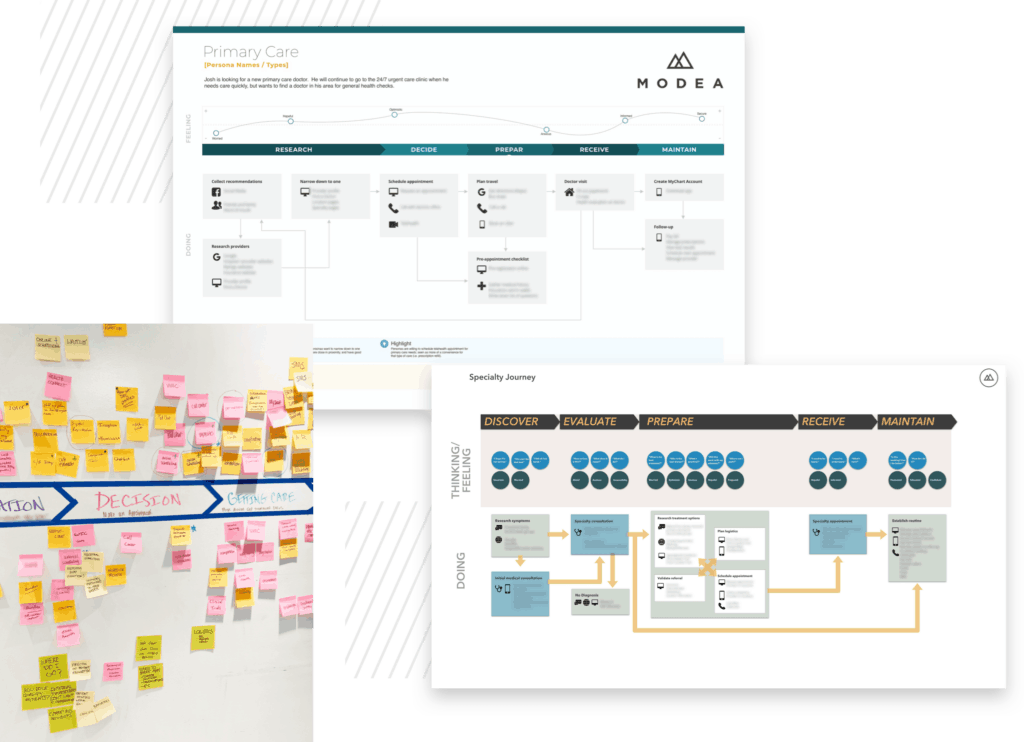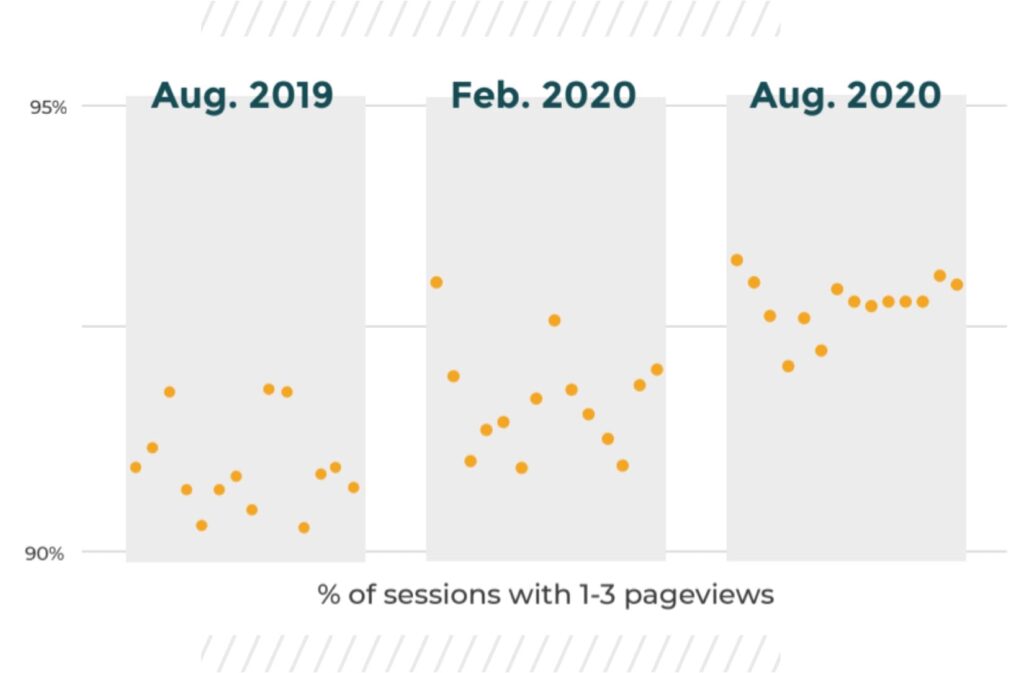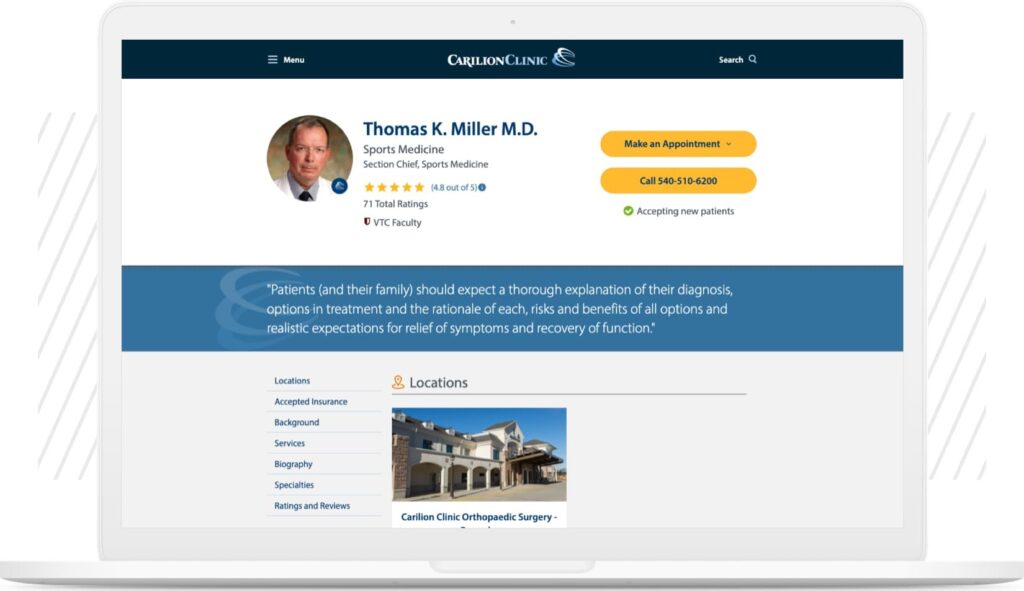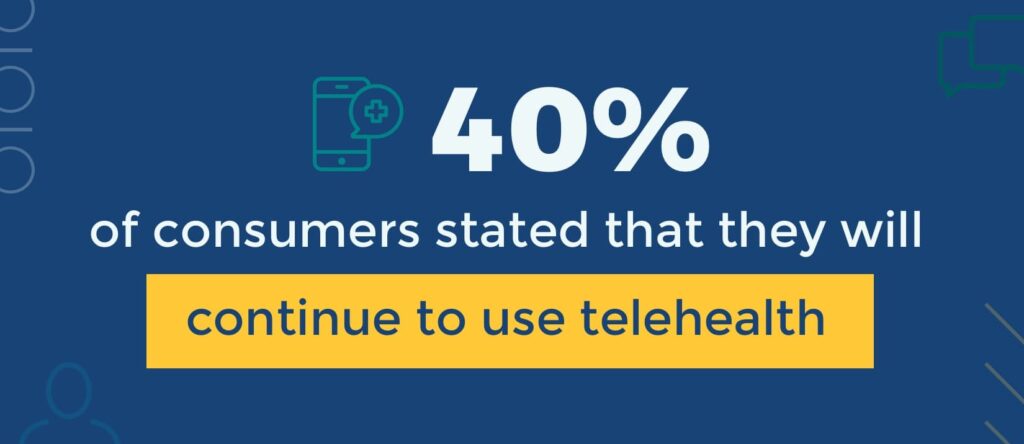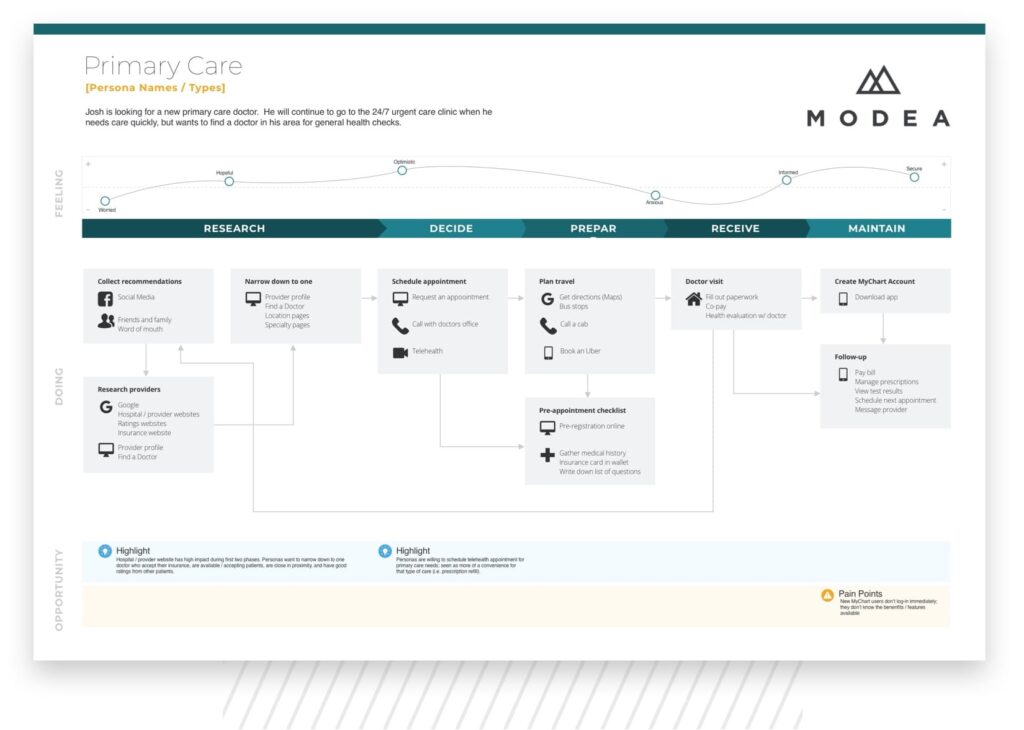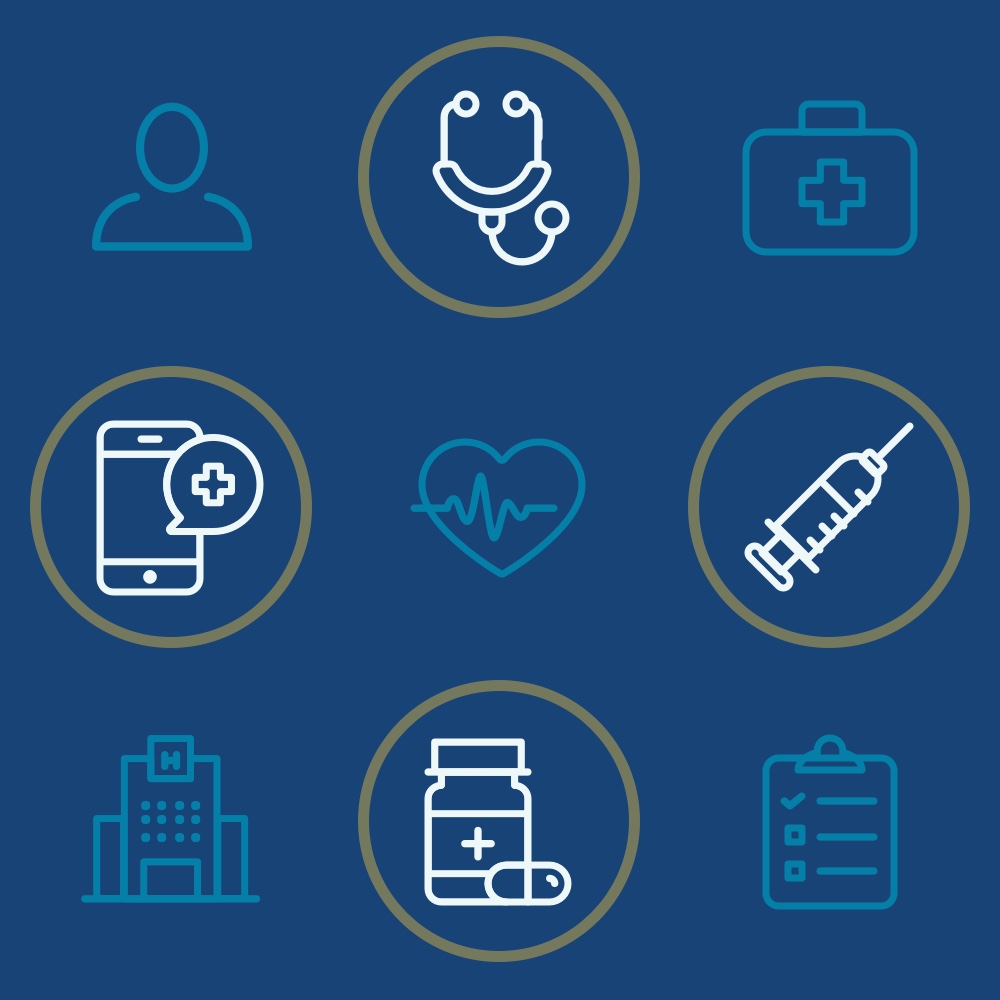
Nearly 18 months post the initiation of the Centers for Medicare and Medicaid Services (CMS) new price transparency rule, the organization has issued its initial round of fines.
Hospitals are now required to provide a comprehensive machine-readable list of services as well as prices listed on their websites. This recent ruling reaffirms the government’s commitment to simplifying the process for consumers to shop and compare prices across health systems. Now, consumers should have the ability to estimate the cost of care before choosing a specific hospital for services.
Who was fined and how much?
An Atlanta-based hospital system was fined close to $1 million. CMS stated that neither a “consumer-friendly list of standard charges was found”, nor a machine-readable file.
CMS has established a minimum Civil Monetary Penalty (CMP) of $300 per day for smaller hospitals with fewer than 30 beds, and a penalty of $10 per bed per day for hospitals with 30 or more beds. These penalties are capped at a maximum daily amount of $5,500. In the case of a full year of noncompliance, the total penalties for each hospital can range from a minimum of $109,500 to a maximum of $2,007,500.
For more information, refer to this document containing frequently asked questions on CMS’ website.
What does that mean for you?
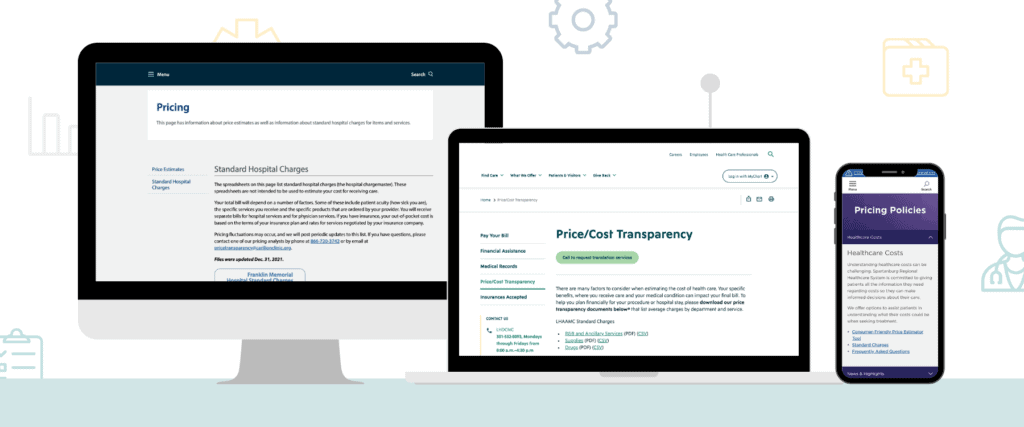
A Journal of the American Medical Association study reveals only 14% of hospitals comply with the new federal law.
If CMS concludes that your hospital is non-compliant it may take any of the following actions and stated that “generally but not necessarily will occur in the following order”.
- Provide a written warning notice to the hospital of the specific violations
- Request a Corrective Action Plan (CAP)
- Impose a Civil Monetary Penalty (CMP)
However, if CMS issues a request for a hospital to submit a CAP, it must be submitted by the date specified in the request and must also…
- Specify the process the hospital will take to fix the issues
- List the timeframe by which the above will be completed
If a hospital neglects to respond to CMS’ request to submit a CAP or comply with requirements, the organization may impose a CMP.
CMS has already issued approximately 350 warning notices to hospitals that violate the ruling. If your hospital did not receive a notice but is aware that its system does not accurately display price information, we recommend that your team, whether internal or working with your digital partner, promptly implement amendments to your digital properties.
The Challenge
So, if this is such a big issue, why are only 14% of hospitals following the rule?
From a patient’s perspective, it’s simple, “quickly show me how much I’ll pay for x, y, and z”. However, it’s not so easy for a hospital to implement.
There are several reasons why organizations may not be promptly posting pricing information. The most significant issue we observe is the disparities and variations in costs between patient A and patient B, even if they both undergo the same treatment.
ChatGPT
In order to protect the hospital, each service will factor in a certain amount of risk, depending on the situation. This factor could elevate the “price tag” of a particular service. Service prices may change based on timing agreements with payors and factors like cost responsibility (employer, insurer, patient, etc.).
This requires consistent updating in order to keep the list up to par with CMS’ ruling.How to follow the ruling?
Two ways to post standard charges:
1. ) Machine Readable File
A comprehensive machine-readable file should include gross charges, discounted cash prices, payer-specific negotiated charges, and de-identified minimum and maximum negotiated charges.
2.) Consumer-friendly Display of Shoppable Services
Clearly display all “shoppable services” along with ancillary services. Ensure they feature discounted cash prices, payer-specific negotiated charges, and de-identified minimum and maximum negotiated charges. Additionally, each service should include a plain language description for clarity.
An ending note
In summary, many organizations are not investing beyond the bare minimum in price transparency requirements.
If your team does not already have pricing listed on your website you’ll need to act quickly.

